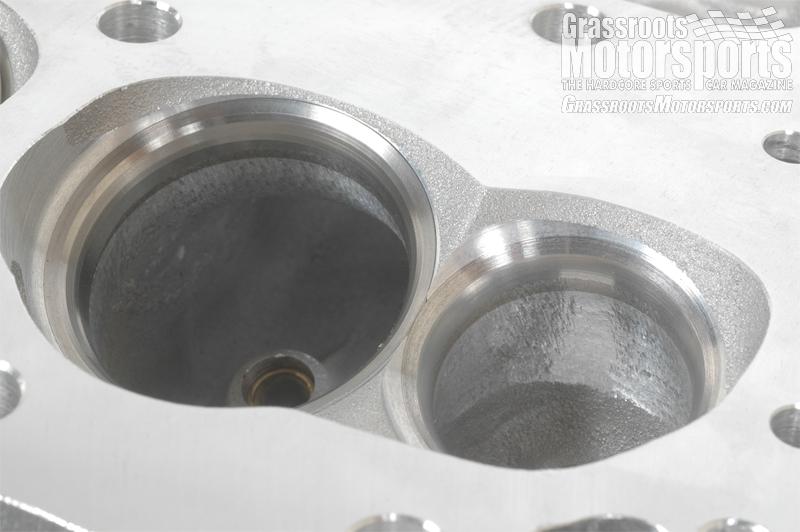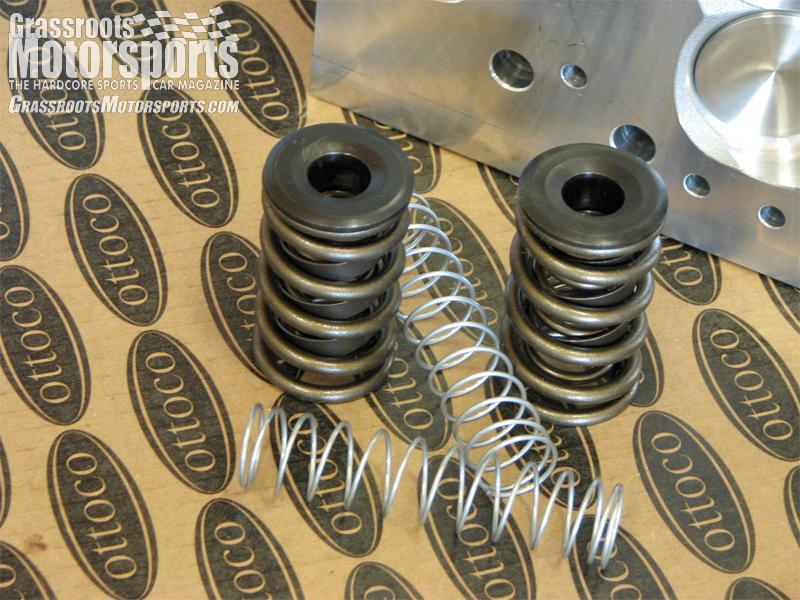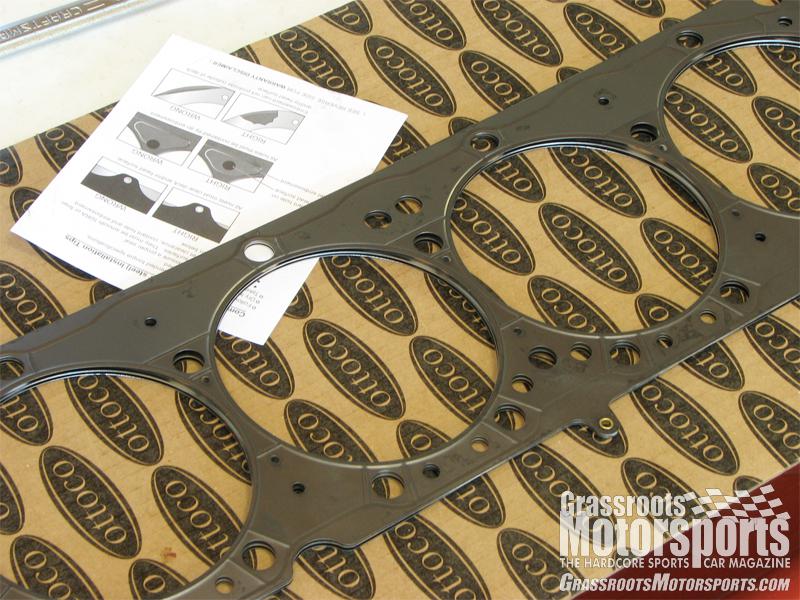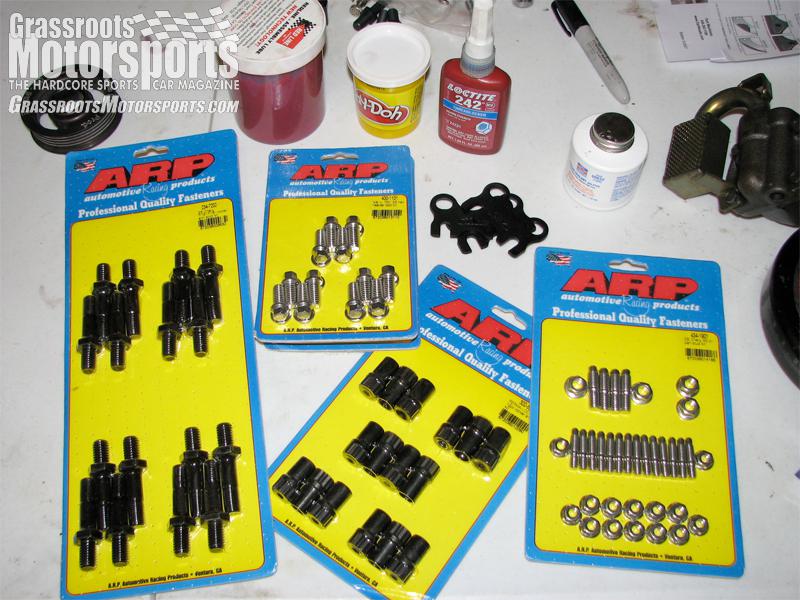










Dart’s wet flow bench is as big as your kitchen, and advancements made with this device are equally monumental.
With work progressing nicely on our 1968 Camaro, we have some time to reflect on the wonders of modern cylinder heads. During the last 15 to 20 years, race engine builders have accelerated the head development process through a mix of science, experimentation and good ol’ competitive spirit. Lessons learned on the dyno and at the race track find their way back to cylinder head manufacturers who literally cast knowledge into their products. Manufacturing technology plays a key role as well. CNC machines greatly improve repeatability, while “hard” metal tooling improves casting consistency over its predecessor, wood tooling.
While the high-performance cylinder head industry has improved as a whole, some brands—like Dart Machinery —still maintain a competitive advantage. A recent tour of Dart’s Troy Michigan facility turned up some specialized (and crazy expensive) tools and equipment. So while flow benches are now everywhere, Dart has a proprietary wet flow bench that better emulates the movement of true air/fuel mixtures. If that sounds like ad speak, think again. Dart’s wet flow bench is as big as your kitchen, and advancements made with this device are equally monumental. Some very interesting lessons have been learned regarding runner shape. Geek Alert: Some folks refer to runners as “ports.” “Port” is a scalar, two-dimensional term, whereas “runner” is used to describe a cylinder head’s three-dimensional, volumetric shape. Intake gaskets and heads both have ports, but only cylinder heads have runners. Anyway, advancements abound, but most are too subtle for photos. The most noticeable wet flow improvement can be seen in the contours surrounding each intake valve guide. Check out the the chamber picture to take a look.
Our particular cylinder heads, Dart Pro 1 Platinums, make the most of the old, conventional “Siamese” port location and 23-degree valve angle. These days, a fresh symmetrical port/shallow valve angle LS head is squirted off a GM foundry line every 5 seconds or so. The Internet makes it seem as though everyone is switching to LS technology. So why run the old stuff? Adaptability. LS engines can be had for cheap, but expect to use up a good amount of money, resources or both to accommodate mounting variations, cooling, accessories, exhaust, and more. Be sure to factor in conversion costs before taking the LS plunge. We queried smart people at GM Performance Parts, and it turns out that first-generation parts still outsell LS stuff by a wide margin. Long live the original.
In the meantime, Dart Pro 1 Platinum heads, along with Holley’s HP EFI system and an aggressive but streetable Crane Cams camshaft, will take our 406 well above the 500-horsepower mark at 10.5:1 compression. By sticking with first-gen architecture, we’re sacrificing some weight bias and fuel efficiency gains in the name of expediency. These engines also look kickass, while the typical LS engine looks like the oil burner in my basement. The dream scenario is to gather comprehensive performance data on this first-gen 406 combination, then swap in a 5.3-liter LS turbo engine for comparison. A few trips around the road course could make for the ultimate real-world dyno shootout. Wouldn’t that be cool?
View all comments on the GRM forums
You'll need to log in to post.